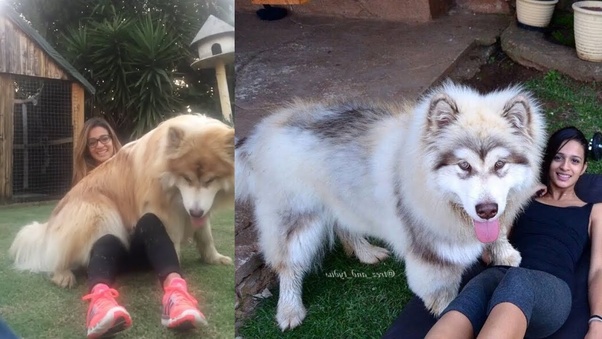Welcome, dog knots woman dog lovers! Today, we’re diving into a topic that may initially raise some eyebrows but is essential for any responsible pet owner to understand – dog knots woman. Now, don’t let your imagination run wild just yet! We’re here to shed light on what exactly these “knots” are and how they can impact our furry friends. So buckle up (pun intended), because we’re about to untangle the mysteries surrounding dog knots woman in this informative blog post. Let’s get started!
Types of dog knots
When it comes to dog knots, there are actually a few different types that you should be aware of. First up, we have the “tie knot.” This is when a male dog successfully mates with a female and becomes physically stuck due to the swelling of their reproductive organs. It’s nature’s way of ensuring successful breeding.
Next, we have what’s known as an “interdigital cyst knot.” This type of knot forms between a dog’s toes and can cause discomfort or pain for your furry friend. It often appears as a small bump or lump and may require veterinary attention if it becomes infected or doesn’t go away on its own.
Another type of dog knot is called the “hair matting knot.” Long-haired breeds are particularly prone to this issue, where their fur becomes tangled and matted together in knots. These mats can be uncomfortable for your pup and even lead to skin irritations if left untreated.
We have the “collar-related knot,” which occurs when a collar is too tight around your dog’s neck. This can cause matting and tangling of the fur in that area, leading to discomfort and potential skin issues.
Understanding these various types of knots will help you better identify any potential problems your canine companion may encounter. Remember, regular grooming sessions and proper fitting collars are essential in preventing many types of knots from occurring in the first place! Stay tuned as we explore how to safely untie these tricky tangles next!
How to untie a knot safely
One of the most important things to know about dog knots is how to untie them safely. Whether your furry friend has gotten themselves into a tangle or you’re dealing with the aftermath of an encounter with another dog, it’s crucial to approach the situation with caution and care.
The first step in safely untying a knot is remaining calm. Dogs can sense our emotions, so if you’re anxious or upset, they may become agitated as well. Take deep breaths and try to stay relaxed throughout the process.
Next, assess the situation. Is the knot tight or loose? Are there any other objects or materials tangled within it? Understanding what you’re dealing with will help determine the best course of action.
If the knot is loose, gently separate each strand using your fingers. Be careful not to pull too hard or twist excessively as this can cause discomfort for your furry friend. Slowly work through each tangle until all strands are free.
For tighter knots, consider using some lubrication such as vegetable oil or pet-friendly detangler spray. Apply a small amount directly onto the knot and use your fingers to loosen it gradually. Again, take your time and be gentle during this process.
In some cases, particularly if there are multiple knots or if they are tightly intertwined, it may be necessary to seek professional help from a groomer or veterinarian who can provide specialized tools and expertise for safe removal.
Remember that every dog is unique and may have different tolerances for being handled in these situations. Always prioritize their comfort and safety above all else while working on untying any knots they may have encountered.
When not to use a dog knot
When Not to Use a Dog Knot
While dog knots can be an interesting and unique aspect of canine anatomy, there are certain situations where they should not be used. It’s important to understand when it is best to avoid engaging with a dog knot for the safety and well-being of both you and your furry friend.
If your dog has any existing health conditions or injuries, it is advisable not to attempt any kind of interaction with their knot. This could potentially worsen their condition or cause unnecessary discomfort. Always consult with your veterinarian before attempting anything that could potentially impact your dog’s health.
Additionally, if you are unfamiliar or uncomfortable with the concept of dog knots, it is best to refrain from engaging in this activity. It requires knowledge and understanding of canine anatomy as well as proper technique to ensure safety and comfort for both parties involved.
Furthermore, never force or coerce your dog into participating in activities involving their knot if they show signs of discomfort or distress. Pay attention to their body language and behavior cues – if they seem anxious, fearful, or resistant, it’s crucial to respect their boundaries and find alternative ways to bond with them.
Knowing when not to use a dog knot is essential for responsible pet ownership. Prioritizing the safety and well-being of our furry friends should always come first.











